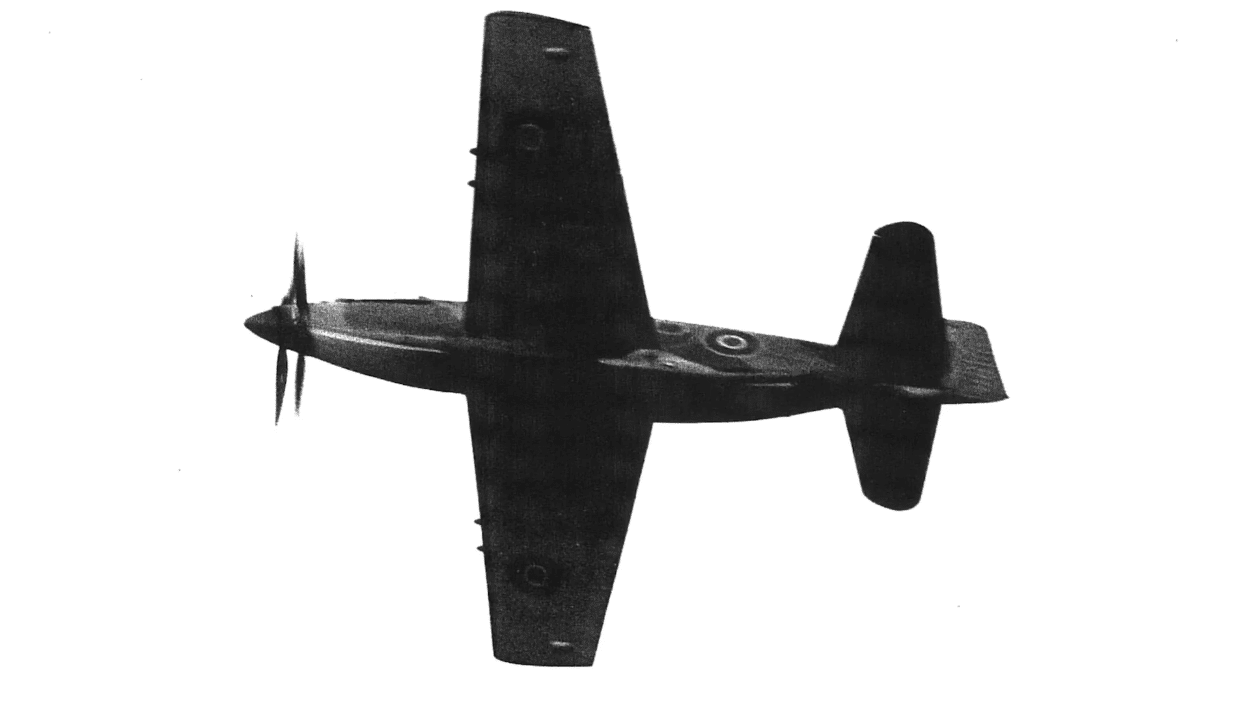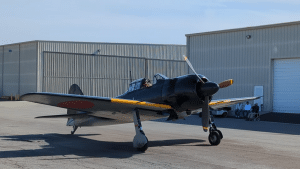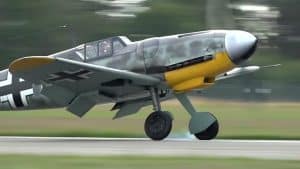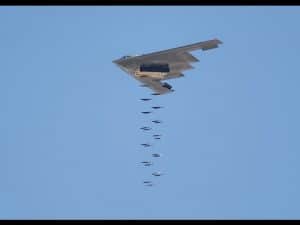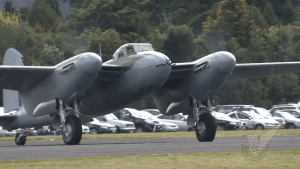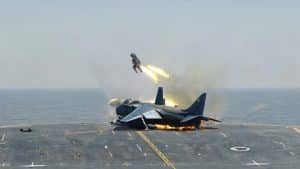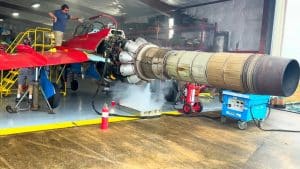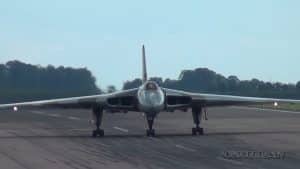Why The Fighter That Tried To Replace The Spitfire Failed
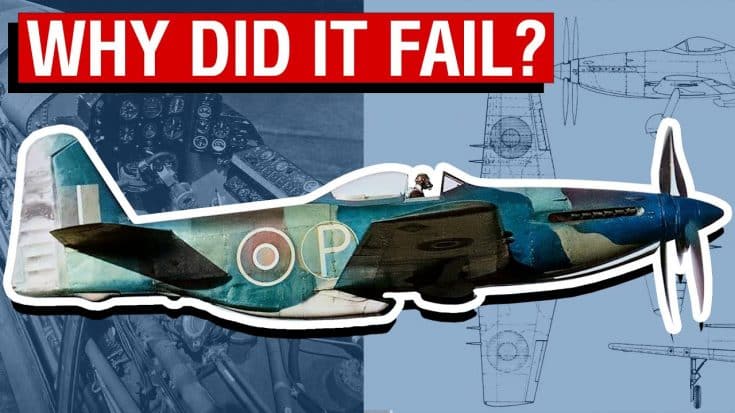
YouTube / Rex's Hangar
We’ll take a closer look at one of the most promising and interesting prototype planes developed by Britain during WWII- the Martin-Baker MB.5. Despite high-performance figures, it never saw service which is mostly because of a mix of poor timing, poor planning, and poor luck.
Roots
The Martin-Baker MB.5 was the brainchild of James Martin and was, on paper, an incredibly promising design. It was to be equipped with not two – but six 20 mm Hispano cannons each with 200 rounds per gun, and it was to be powerful.
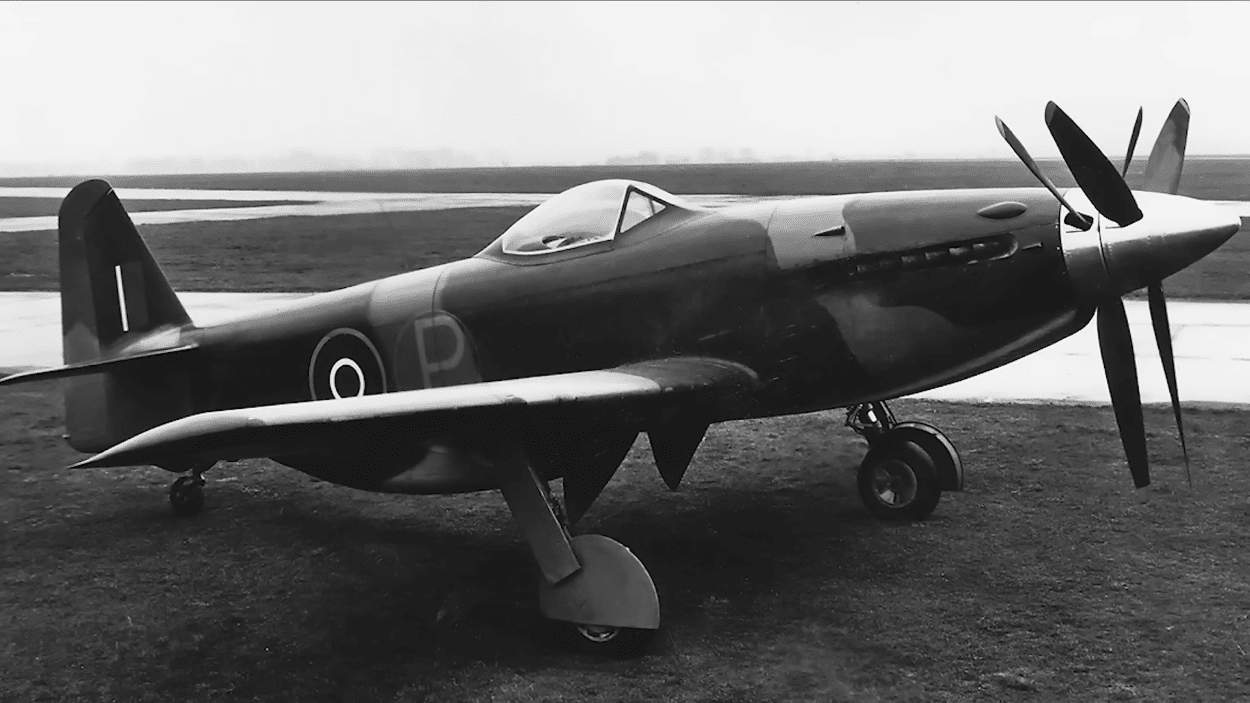
Martin-Baker predicted a top speed over 410 mph at 15,000 feet. The design met the ministry’s criteria, and a contract was signed with three prototypes ordered.
Tragedy Strikes
The prototype flew for the first time on August 31st, 1942, with Valentine Baker at the controls, and showed potential with a top speed of 415mph at 20,000 feet. Soon, however, tragedy would strike.
On the 12th of September, Valentine Baker had just lifted off when the engine failed because of a broken sleeve drive crank. Baker attempted an emergency landing, but he hit a tree stump and was killed with the plane going up in flames. This stopped the MB.3 project in its tracks, and Martin-Baker was missing one of its founders.
Starting Over
Baker’s death deeply affected Martin who was the latter’s best friend and partner. However, Martin was still determined to build a superior fighter and carry on the work. He then began a redesign of the MB.3, re-engineering it with a Rolls-Royce Griffin, and the resulting work of this would be the MB.5.
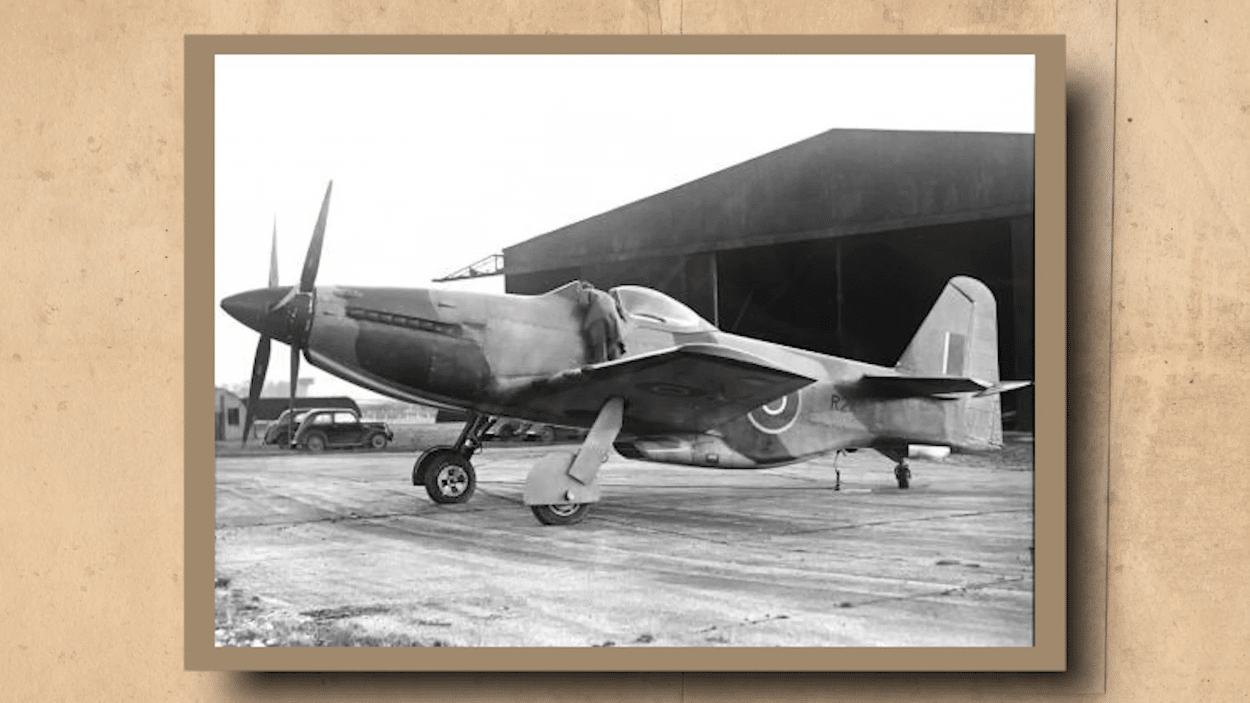
While the design and construction were remarkably similar, it had many chances. The fighter sported a tubular steel frame skinned with aluminum panels. This allowed for a high degree of modularity and reparability since aluminum panels could simply be replaced whenever needed and taken off during maintenance by the crew.
Initial Flight Result
The MB.5’s performance was highly praised. It recorded a top speed of 395 mph at sea level, which rose to 459 mph at 20,000 ft. The MB.5 could also climb pretty quickly, only needing 6 and a half minutes to reach 20,000 ft.
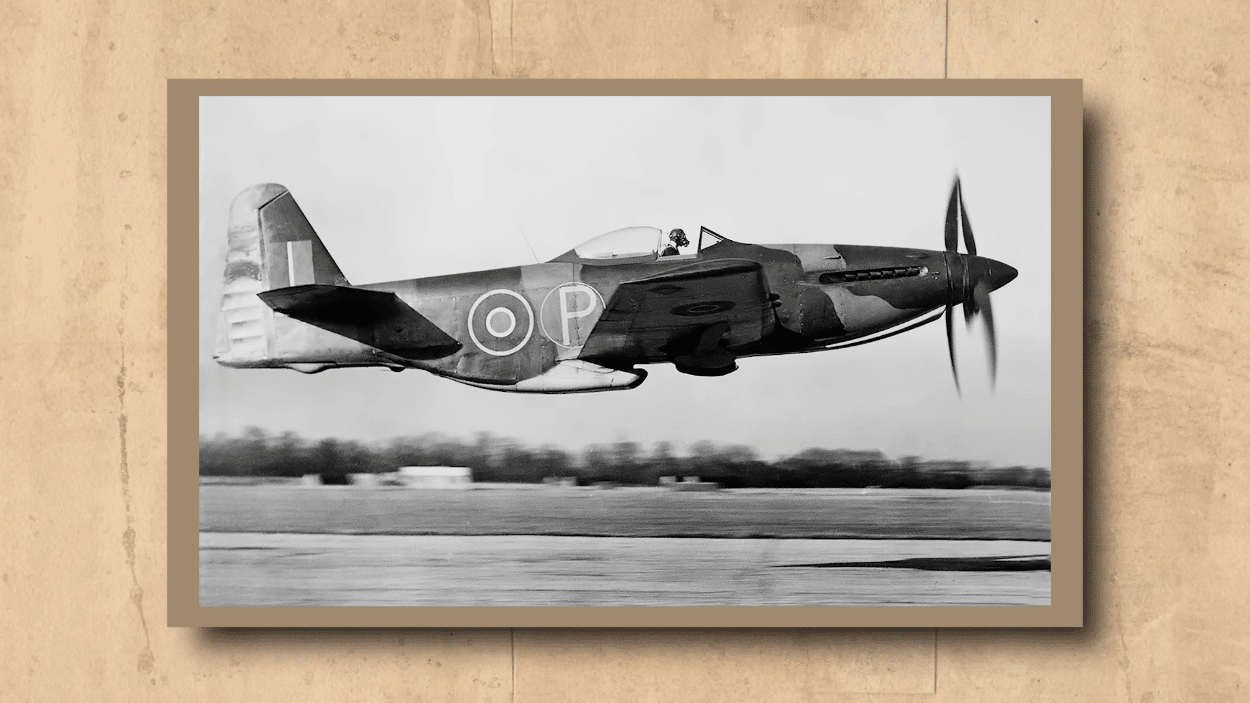
Additionally, the spaced-out design of the undercarriage gave a much safer and robust landing performance to the MB.5 when compared to the Spitfire’s narrow-track undercarriage. Meanwhile, its contra-rotating propellers negated the problems caused by engine torque, improving control on the ground and in the air.
A Sad End
With 1944 closing in, and only 40 hours of flight time logged in total on the MB.5, the Air Ministry informed Martin they wouldn’t be pursuing further developments or placing any production orders for the aircraft. This was mainly due to the war in Europe slowly dying out and the fact that jet-powered aircraft were also getting introduced into service.












